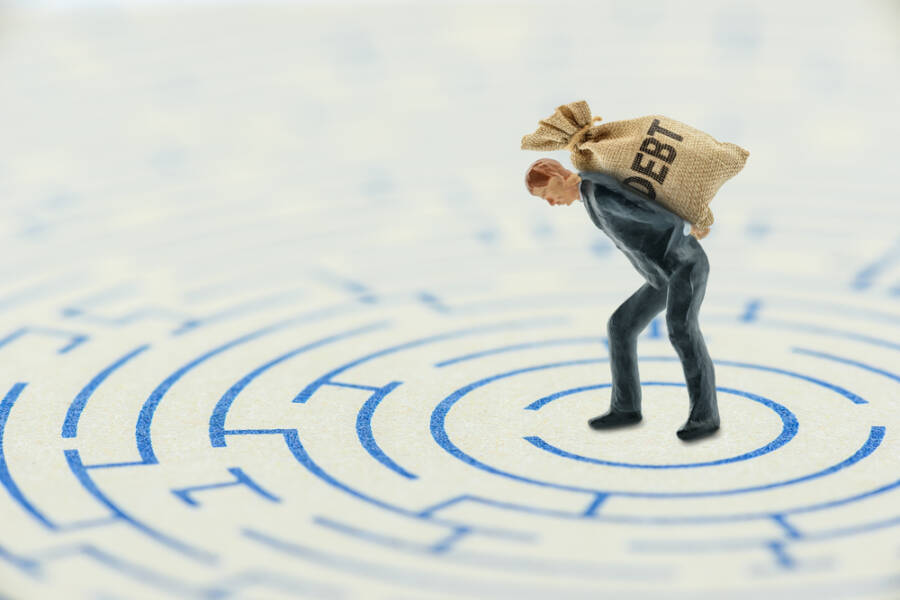Real Lessons From the Great Depression That Still Slap in 2025
You know the iconic moment when an old folk drops a line that makes you go, “Wait… that makes sense!” That’s the vibe here.
People weren’t trying to be trendy minimalists with their money back in the Great Depression. People had to stretch every coin like it was elastic, and they somehow came out of it with a type of wisdom we seem to rediscover.
Here it is: your modern, straight-up guide to frugality, Depression-style, but without the depression part.

1. Cook at home like it’s a power move
Uber Eats and restaurants? Those were pipe dreams back in the day. People cooked at home using whatever was in the pantry, and they really knew how to make it stretch. It was not about organic vs. processed, but about survival.
If you learn how to plan a meal using some leftovers in a smart way can keep yourself well-stocked and change your whole monthly budget. Bonus? You actually control what goes into your body, and you can save enough cash to breathe.
2. Grow your food
People used to have gardens not because they wanted a hobby, but because it kept them alive. They cooked using their own potatoes, onions, or beans—basics that would go a long way. So, even if you’ve only got a balcony or windowsill, growing tomatoes or herbs will put you in touch with your food and keep you from buying overpriced basil for the third time a month.
3. Forage—with purpose, not just for the thrill of it
They actually picked wild stuff like berries, mushrooms, or greens. This is free food, but still, you need to know what you’re doing. In a modern vision, learning a little foraging or urban harvesting is more than you think. Don’t go out there eating random leaves because they look good. You can either learn about it or leave it alone.
4. Meat was a treat
Sirloins on the grill every week? Not really. Eggs, beans, and lentils, as well as seasonal produce, were the backbone of most meals. Meat came on Sundays or special occasions, and they still managed to survive. If you want to save on groceries and help the planet, eating meat less often and savoring it when you do is the way to go.
5. Make your own drinks
No store-bought soda in the Great Depression. They used to brew chicory coffee and make lemonade from real lemons (or simply drink water). You have even more options these days: tea, infused water, or even brewing your own kombucha.
This is a $5 skip for a drink you can easily make at home.
6. Bring your own lunch
Lunch boxes were more than cute accessories back in the day. They were lifelines, so it was expected to take your own food to work and school. This one thing can save you hundreds per month, so wrap it in a napkin, jar it, or whatever. Your wallet will be thankful.
7. Buy in bulk
When they had money, they bought in bulk: flour, beans, sugar, oats, and generally stuff that wouldn’t rot in a week. Bulk buying reduces the cost per unit, and it keeps you from panic-shopping.
However, it’s very important to make sure you actually use it, or you might just end up wasting money and food.

8. Use what you have
This was the greatest hack. They didn’t run to the store because they were out of breadcrumbs. Using a little creativity, they used crushed old crackers. No baking soda? While egg whites instead. People were amazing at improvising and substituting. They were less wasteful and more creative, and you should try this as well.
Instead of shopping for one week, try using only what’s already in your kitchen.
9. Clean with simple stuff
Instead of paying hundreds for different cleaning products, they kept the things clean and shining with vinegar and baking soda, no ten-step cleaners for different surfaces.
Depression-era folks knew how to keep a house clean, and this is such a great gift we could offer to our planet today: to use basics for cleaning the house, as it’s cheaper, greener, and less overwhelming.
10. Save your containers
They used old coffee tins for storage or the glass jars for buttons, pickles, or leftovers, while we’re putting here buying aesthetic jars and tossing spaghetti sauce jars in the bin.
Keep this hack in mind and start washing and reusing containers. Your grandma would be proud.
11. Secondhand was the default
Back then, nobody was embarrassed to wear hand-me-downs or even shop secondhand. It was perfect if it fit them. Now? We call it second-hand vintage and pay triple.
Whatever. Follow their ways and start with thrift stores, swaps, or even wear things until they die. Remember, fashion is personal, not a trend treadmill.
12. Give handmade gifts
You wouldn’t catch him out there browsing Amazon for last-minute gifts. They used to bake bread, knit scarves, or make candles. These were thoughtful gestures, also keeping it cheap.
If you’d like to follow their ways, you don’t even have to be crafty. Even a handwritten letter or a playlist can be so much more memorable than something you can buy.

13. Kids used their imagination
Instead of buying infinite toys that they get bored of in a maximum of one week, as happens today, kids back then were playing a whole summer season with sticks as swords, cardboard forts, or homemade dolls. They were using their imagination, and they had fun because they made fun.
Today, you can give them a box of stuff and let them invent whatever they think of. IT builds their creativity, more than just screen addiction.
14. Learn basic repairs
Have you thought that you can sew a button, patch a hole, or fix a hinge? The Great Depression really inspire them to toss things, so they needed to fix them.
Even if they didn’t know how, they asked someone who did. So, learning a few small skills today can save you big money.
15. Preserve food
Drying, fermenting, or canning was not trendy; it was necessary. So make sure you don’t toss leftovers and seasonal produce. Learn which preservation method works for it and use it. Opening a jar of something you saved from spoiling makes you feel oddly powerful.
16. Waste nothing
The Great Depression turned bread crusts into pudding, bones into broth, and leftovers into tomorrow’s lunch. Tossing it simply didn’t exist. Why not adopt the zero-waste mindset today? It’s not about guilt, but about respect.
17. Trade instead of buying
If you have eggs, trade them for milk. If you know how to sew, swap it for babysitting. While bartering was normal, in today’s world it might look like skill shares of freelancing groups. This was their thing: community over currency.
18. Drive less, walk more
Cars were shared or rare, and gas was expensive in the Great Depression. People biked, walked, or used public transport. You should also give it a try. Drive less. This will help your body, wallet, and planet. Also, you can notice so many nice things on foot.
You may find this book interesting: “Crash: The Great Depression and the Fall and Rise of America”. It’s not just a history lesson — it’s a gripping look at how a nation broke, bent, and managed to slowly rebuild itself.
Read next: 6 Best Ways to Use Chase Points














